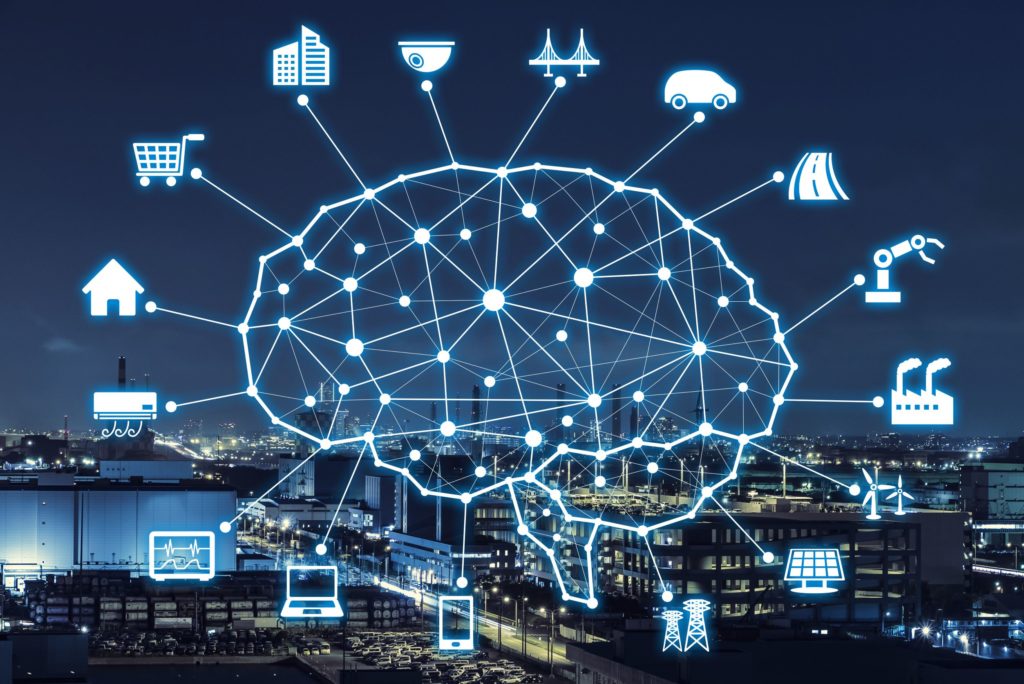Autonomous Operating Model
An autonomous operating model is not just a digital upgrade of your current operating model. It is a radically different way of conducting your business.
INTEGRATED PERFORMANCE MANAGEMENT
Primary and support business processes are integrated. This allows the financial department to act in a much more agile manner. The cash flow is visible on an ad-hoc basis, which improves planning and analysis abilities. A forecast supported by the IT system replaces manual forecasts. Once determined, KPIs make controlling easier through automated warning messages, thus allowing immediate intervention to take place.
The budget process is changed and no longer runs along the individual business functions (such as Sales, Marketing, Production, IT), but along value drivers (sales quantities linked to market data, prices in combination with customer clusters, etc.). At any time, the balance and P&L for the company as a whole and for each of the departments can be determined. This makes it possible to sail sharply close to the wind.
The entire supply chain uses a single point of truth for real-time information The transparency makes it possible to simulate different scenarios quickly and easily, but ultimately people make the decisions. The effect of decisions is calculated and communicated in real-time throughout the end-to-end supply chain. Margin, order cycle time and cash can be predictively optimised based on a holistic view of supply chain performance, stock levels and trend analyses.
MOBILE
Mobile devices are an essential interaction channel for both customers and employees. As a result, the management and control of the integration of different mobile devices and of the mobile applications are strategic factors. New and existing mobile technologies are easy to integrate.
AGILE COLLABORATION
Collaboration is largely multidisciplinary and without hierarchy. Knowledge and skills are not things that sets you apart from others in the company – they are things you make available to the team.
Collaboration must be able to be set up ad hoc at any time, from anywhere – even across geographic boundaries. Active exchange of ideas, knowledge and expertise requires an appropriate incentive system. This system focuses on the group outcome and allows them to participate in the overall success.
Social media and collaboration technologies are a central element of communication, knowledge transfer and teamwork. This applies to interaction with customers, employees and business partners. The technologies are used for the interactive exchange of information and content, thus making collaboration more effective, and they are increasingly focused on establishing interaction patterns in a digital culture.
The aim of redesigning the office environment is to increase cooperation and creativity in the company. This includes, for example, creating zones of creativity in offices, building open structures where there are no fixed desks and integrating the employee’s own home office.
STRATEGIC WORKFORCE MANAGEMENT
Digitisation requires new skills and abilities on the part of employees. The development of these competencies in the workforce requires strategic planning to address the requirements in the long term. The use of analysis methods not only enables the optimised deployment of employees, but also clarifies the question about which skills are needed now and in the future and how to get them as quickly as possible.
STRATEGIC WORKFORCE DEVELOPMENT
Knowledge and experience are becoming obsolete at an ever-increasing rate, and roles and tasks are constantly changing. The employees are constantly challenged to learn new things, to participate in training for new tasks and to adapt to role changes.

